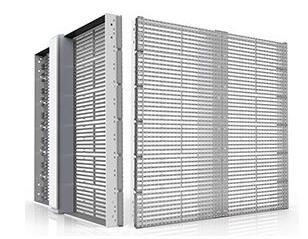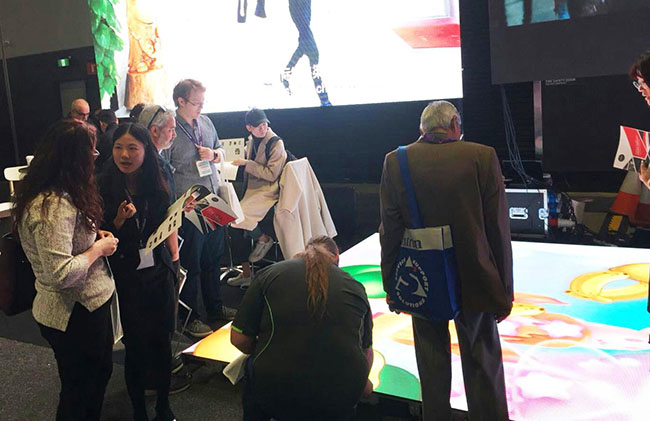Publisher: Supplier of LED Display Time: 2017-05-08 10:17 Views: 2052
Now in the domestic display market, LED displays are our relatively common large screens. As a display with future development prospects, LED electronic displays. Since 2010, in just a few years, many functions of LED screens have demonstrated a With powerful upgrades, LED displays are now recognized by the masses regardless of whether they are outdoors or indoors. For the production of LED electronic display screens, how should a user make a qualified acceptance standard for the display screen?
Let's take the outdoor LED display as an example. For the acceptance of outdoor LED display, Lianchengfa will generally start from the following aspects: color reproduction, color difference, mosaic phenomenon, brightness and viewing angle, White balance effect, color contrast, and waterproof effect of the screen.
1. Color reproducibility. Color reproducibility mostly refers to the reductive effect of the display on the color. The color displayed on the display must not only be highly consistent with the color of the playback source, but also ensure that the image is realistic.
2. Whether there is color block, color block refers to the obvious color difference between the modules. The color transition is based on the module. The color block phenomenon is mainly caused by the poor control system and the gray level is not high enough. Bright, caused by low scanning frequency.
3. Flatness The flatness of the surface of the LED display should be within plus or minus 1mm, so as to better ensure that the displayed image is not distorted, because local protrusions or recesses will cause a blind spot in the viewing angle of the display. The quality of flatness is determined by the production process.
4. Mosaic phenomenon and dead spot phenomenon refers to the small four squares that are always bright or black that appear on the mosaic indicator screen, which is the phenomenon of module necrosis. The main reason is that the quality of the connectors used in the display screen is not good enough. Dead point refers to a single point that is always bright or black that appears on the LED display. The number of dead points is mainly determined by the quality of the die.
5. Brightness and viewing angle The brightness of the indoor full-color screen must be above 900cd/m2, and the brightness of the outdoor full-color screen must be above 1600cd/m2 to ensure the normal operation of the display, otherwise it will be difficult to see clearly because the brightness is too low. The displayed image. The brightness is mainly determined by the quality of the LED die. The size of the viewing angle directly determines the audience of the display screen, so the larger the better. The size of the viewing angle is mainly determined by the packaging method of the die.
6. White balance effect White balance effect is one of the most important indicators of the display screen. In color science, pure white will be displayed when the ratio of the three primary colors of red, green and blue is 1:4.6:0.16. If there is a slight deviation in the actual ratio, there will be a deviation in the white balance. Generally, pay attention to whether the white is blue or yellow. Green phenomenon. The quality of the white balance is mainly determined by the control system of the display, and the die also has an impact on the color reproduction.
Lianchengfa The points mentioned above are the basic acceptance points, and they are also the most direct and comprehensive acceptance directions. Every suitable LED display must be designed, produced, and aging tested before it can be put on the market. Because the interests of users are always the most important, we, Lianchengfa, always put the customer first.









